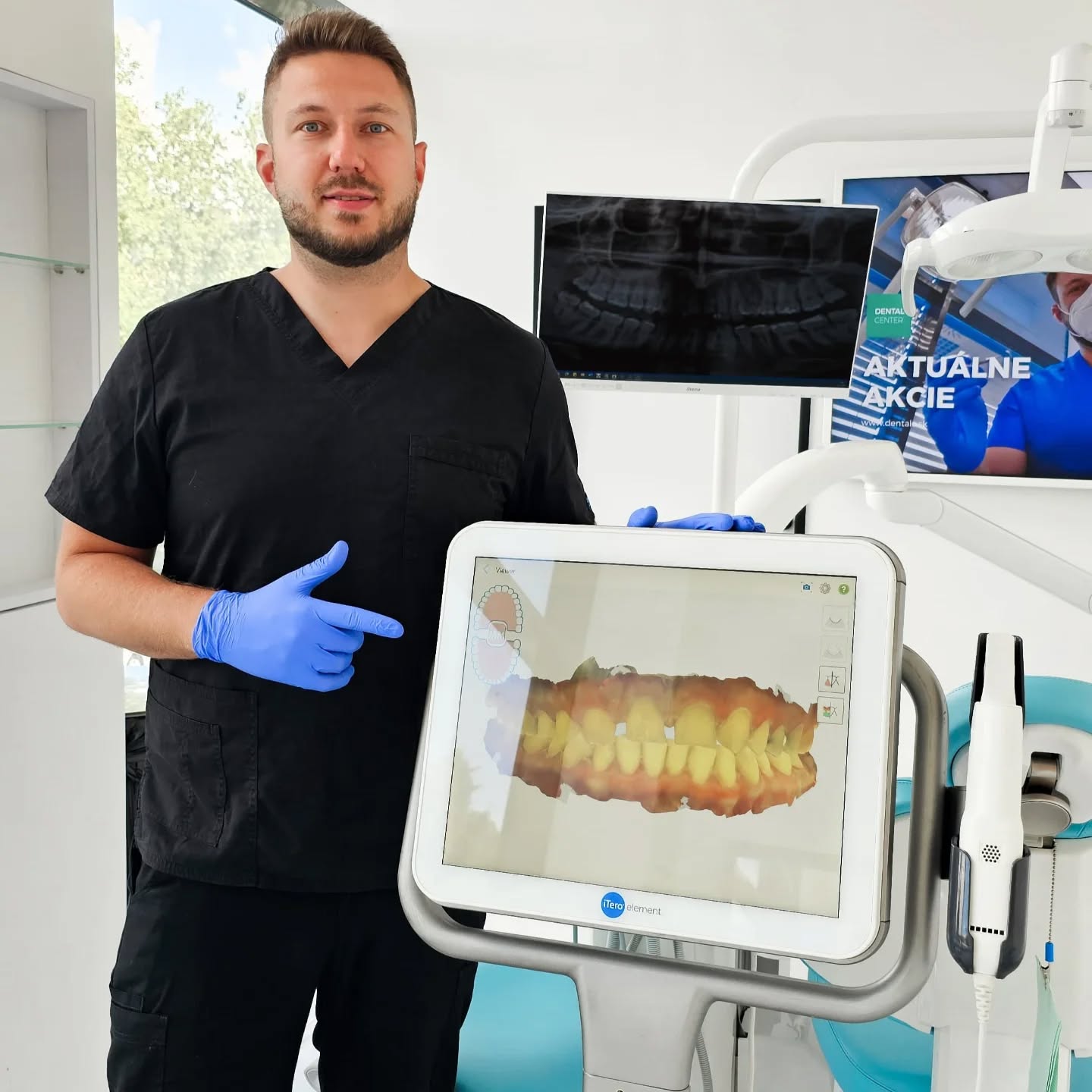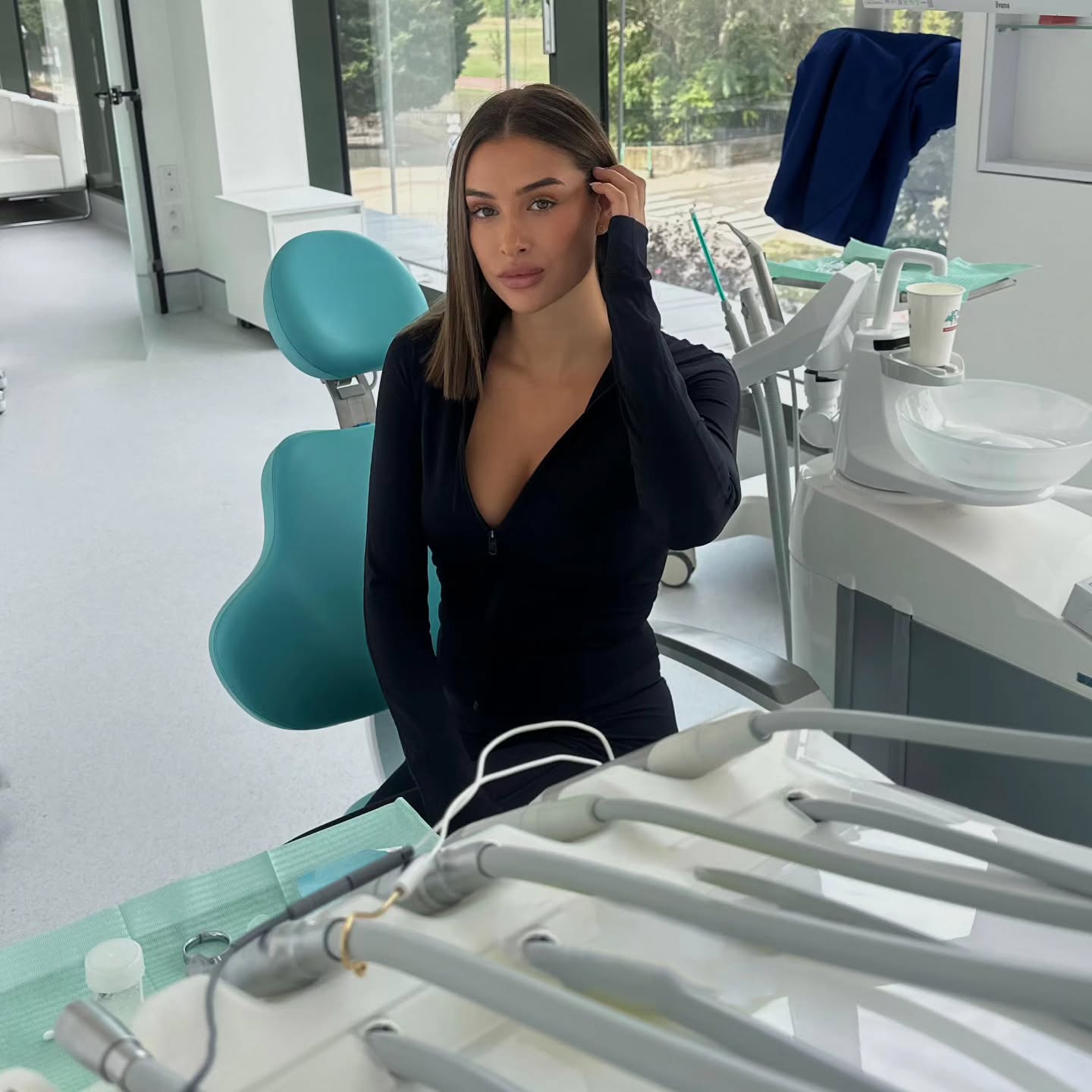Facets
PROTECTIVE AESTHETIC SHEATH
#kompozitnefazety
A facet is effectively a protective sheath thatcovers the visible area of the tooth; it does not replace theentire tooth but modifies it aesthetically. Facets are ideal if youhave a tooth that is weak, chipped, improperly coloured or damaged bydecay or injury. The two most common situations are cases when apatient loses teeth due to an accident or poor oral care.
Thereason for using facets may also be purely for aesthetic reasons, inwhich case the patient may opt for dental facets. Since not everyonehas perfectly shaped, symmetrical and white teeth, these facetsenable a person to get the so-called Hollywood smile of their dreams.
Typesof facets
Facetsmay be made of either ceramic or composite material.
Forwhom facets are right
Ingeneral, they can be used in most cases involving the aestheticrepair of the front teeth. They are a suitable solution in thefollowing cases:
anaesthetic shape of teeth (for example, one tooth is shorter, rotated, split, broken, etc.)
smaller gaps between teeth
repair of damage to tooth enamel
dissatisfaction with tooth colour (for example, after ineffective or incorrect whitening)
covering anaesthetic fillings
Thecourse of treatment
Whenmaking a ceramic facet, a thin layer of the tooth is first ground andan imprint or scan is made. This is then used for the production ofthe permanent facet. Until it is made, however, a temporary facetwill be glued to the tooth, which will be removed on your next visit.The tooth is then thoroughly cleaned and prepared for gluing on thepermanent facet. The resulting effect is not only aesthetic, but alsolong-lasting, and the whole procedure is painless.
Why this treatment?
- rapid aesthetic alteration
- safe tooth protection
- pain-free treatment
* You can register at klient.dcmedical.eu and use credit payment, where with the highest bonus you pay the highest price | Anyone can register, even a new client/patient
** Prices are orientational only | The final price depends on the complexity and range of the interventions, which we will confirm upon consultation | The price list is valid on date 31.12.2025













